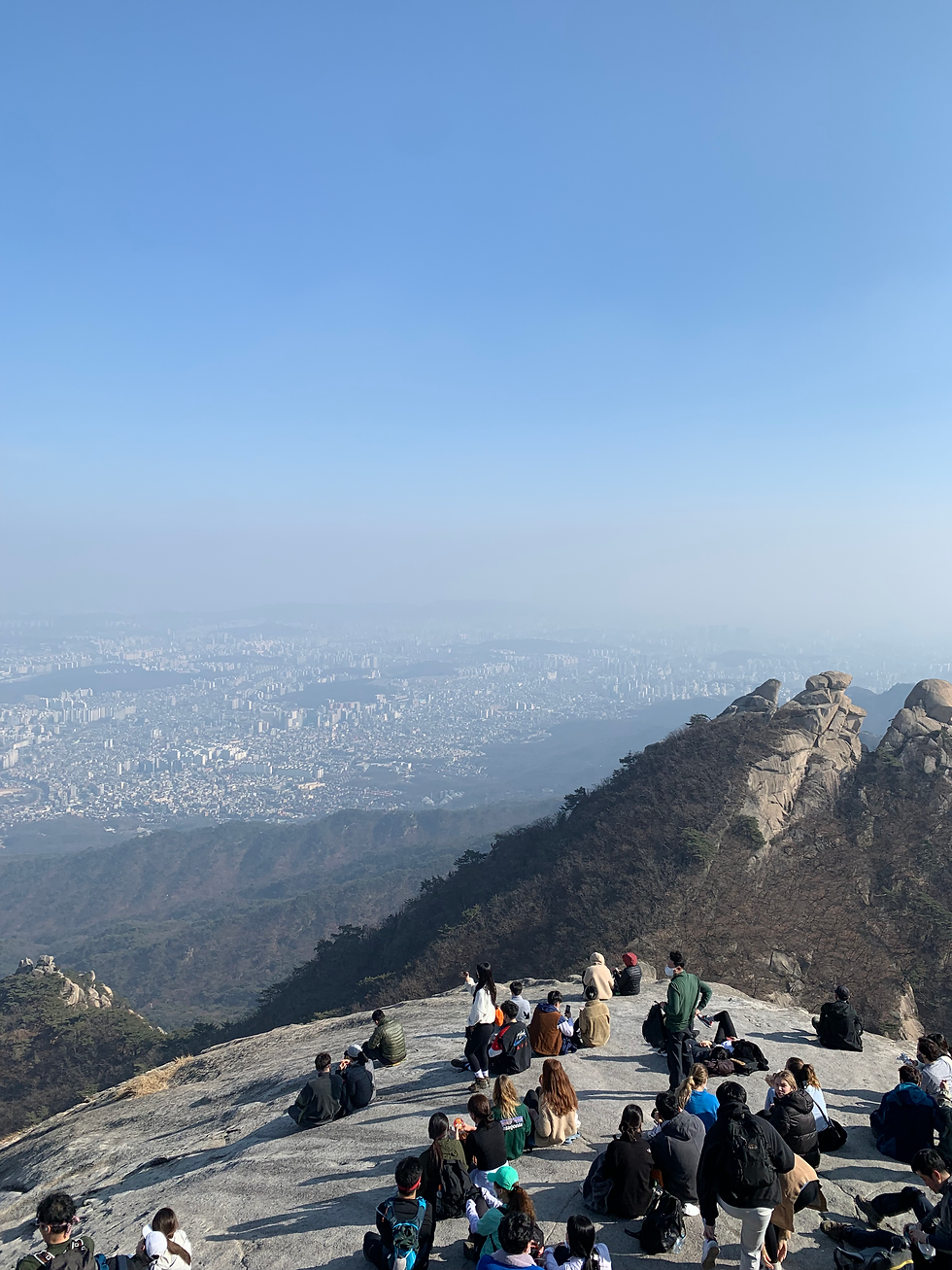A diametrically opposed culture
- maipaugam3
- 13 avr. 2022
- 3 min de lecture
Dernière mise à jour : 22 août 2023
Language, customs and chopsticks

Rebuilt in 60 years after numerous wars with Japan and North Korea, it wasn't until July 1953 that Korea, after three years of bloody and devastating conflict between the North and South of the country, separated and gave birth to two independent countries. Today, the South has become the 12th most developed economy in the world, and one of the most active poles of digital democracy and cultural globalization. In the meantime, a hereditary and ubiquitous dictatorship has taken hold in the North, condemning twenty-five million inhabitants to poverty and isolation. Today, South Korea's exponential growth has led it to be talked about only in the superlative: model or repellent, miracle or tragedy.
Even if South Korea stands out today, this wasn't always the case. Before the war (1950-1953) and Japanese colonization (1910-1945), it was virtually unknown to the world. This peninsula has been a place of incredible scientific and technical innovation, as well as an intellectual and religious center.
Regularly put under pressure by neighboring countries such as China and Japan, it has managed to assert its political power and strong cultural identity.
From the first kingdom of Joseon, founded according to legend in 2333 BC, to the two states that share the peninsula today, via the golden age of King Sejong (15th century) and the invention of the Korean alphabet, still in use today, the history of Korea is an epic, yet to be discovered. It's well worth the effort.
Although it's full of history, the desire for modernization has taken over, especially in Seoul, with skyscrapers on every corner and no view of the horizon. The most interesting thing about this culture is its diversity: you can walk through a traditional village or a palace surrounded by 100 m-high buildings. The ideal place to get a feel for this culture is in the Palace District, right in the center of Seoul.
Seoul's palaces are well worth at least an afternoon's visit. Located in Gwanghwamun and Jongno-gu in central Seoul, they are a historical treasure trove. Although they have lost some of their value since their golden age in the 18th century, they offer a glimpse of life in the heart of the mighty city of yesteryear. These districts include traditional palaces such as Gyeongbokgung and Changdeokgung, as well as the old village of Hanok, where you can admire the old traditional houses that are still inhabited. To the west of Gyeongbokgung palace are the tangled lanes of touristy Inkseon-dong, lined with traditional tea houses, restaurants, galleries and craft stores.
Before discovering the two must-see palaces in Seoul, I'd like to take you on a tour of the traditional village of Hanok, just a stone's throw from the subway exit. Between Gyeongbok and Changdeokgung, Bukchon is home to some 900 dwellings, the highest concentration of traditional wooden houses in Seoul. I recommend visiting this district at the end of the day to watch the sun set over the mountains. The village is high up, so head for the Hanok observatory to enjoy a cup of tea at sunset with a colorful, high view of the village.
The "Palace of Radiant Happiness", one of the city's landmarks, is one of Seoul's largest and most visited palaces. These magnificent buildings, with their typical architecture, were once home to academics, soldiers and servants. King Taejo had the palace, called Gyeongbokgung, built in 1395, and it was the main royal residence until 1592, when it was destroyed by fire during the Japanese invasion. The palace lay in ruins for 300 years before being restored by Heungseon Daewongun, regent and father of King Gojong. Unfortunately, the project was too costly and bankrupted the state. During the Japanese occupation, the front of the palace was demolished to make way for the imposing headquarters of the general government, which was destroyed in the 1990s. A must: the changing of the guard. Every hour, the guards take turns, dressed in traditional costume and armed, marching in unison to change posts.
Listed as a UNESCO World Heritage Site, Changdeokgung Palace, built in the early 15th century, is the most beautiful of all palaces. After its destruction and the deconstruction of Gyeongbokgung during the Japanese invasion in the 1950s, Changdeokgung was rebuilt as the royal residence in 1872, and remained occupied well into the 20th century.



Commentaires